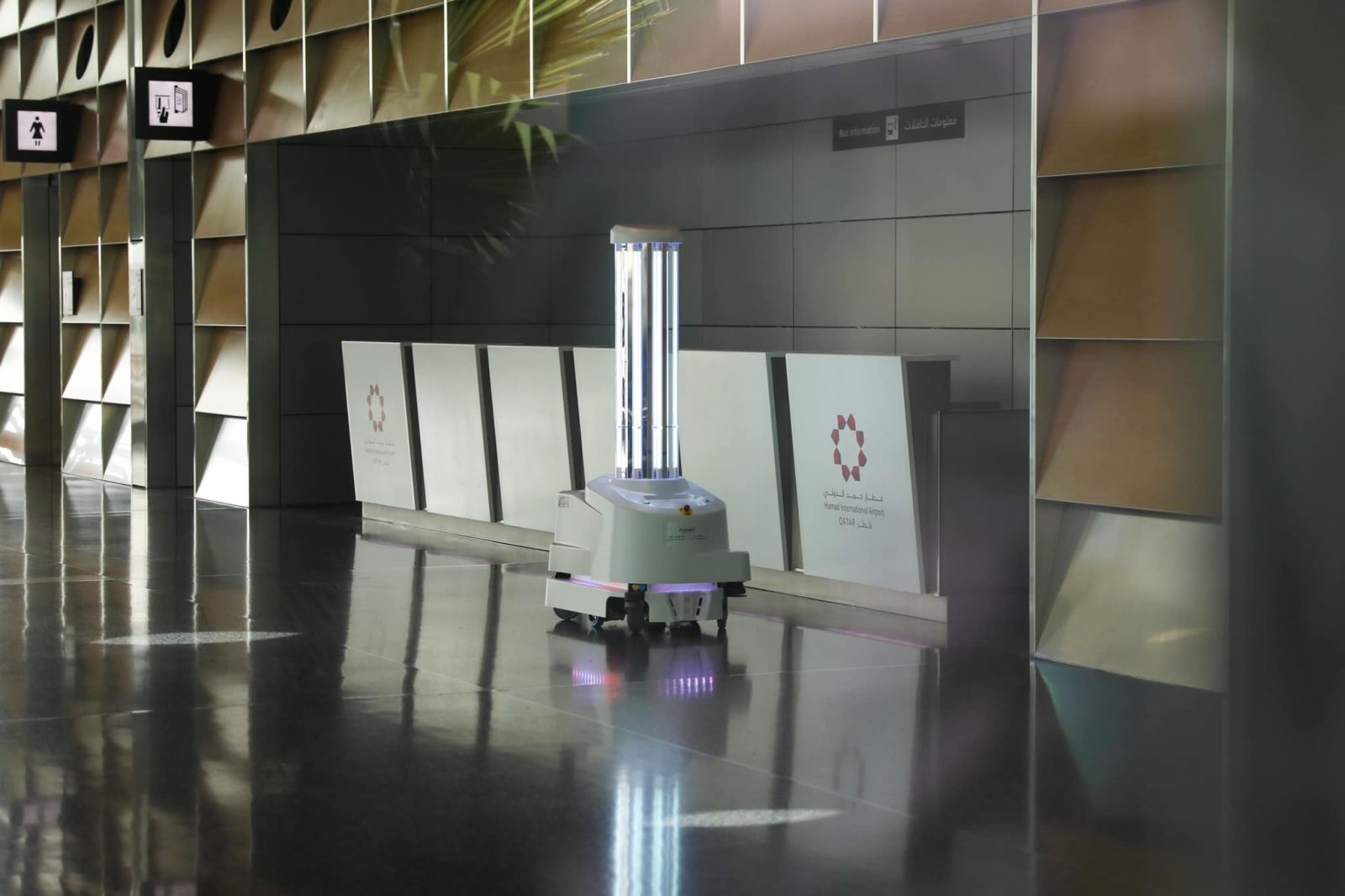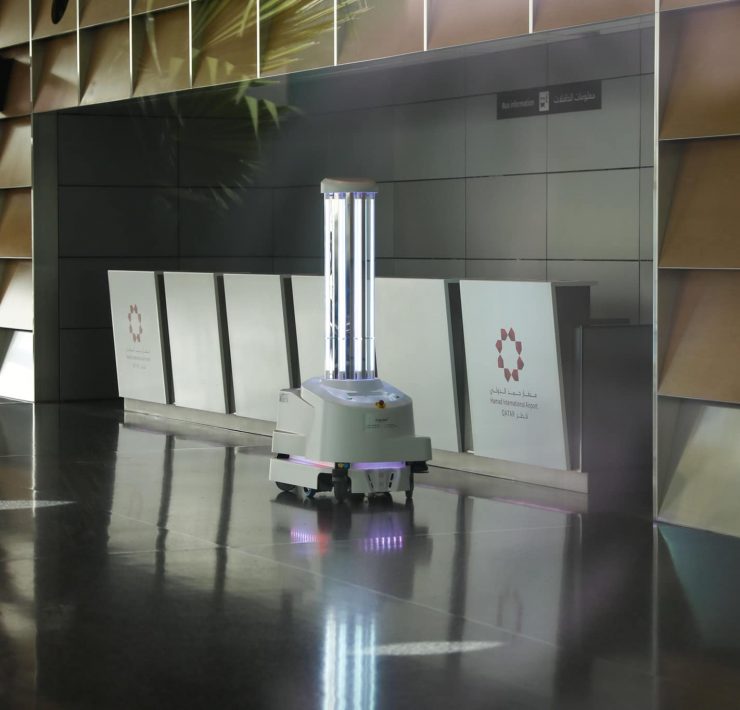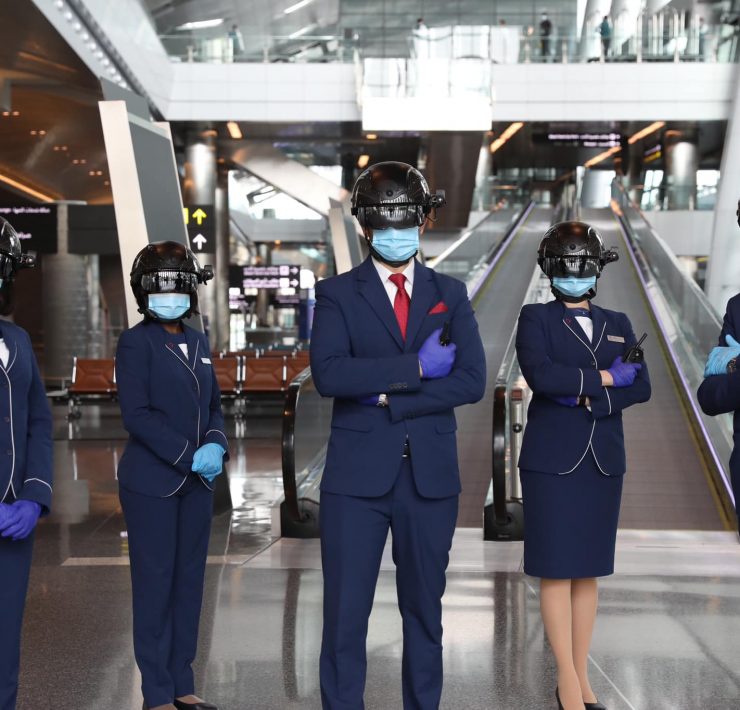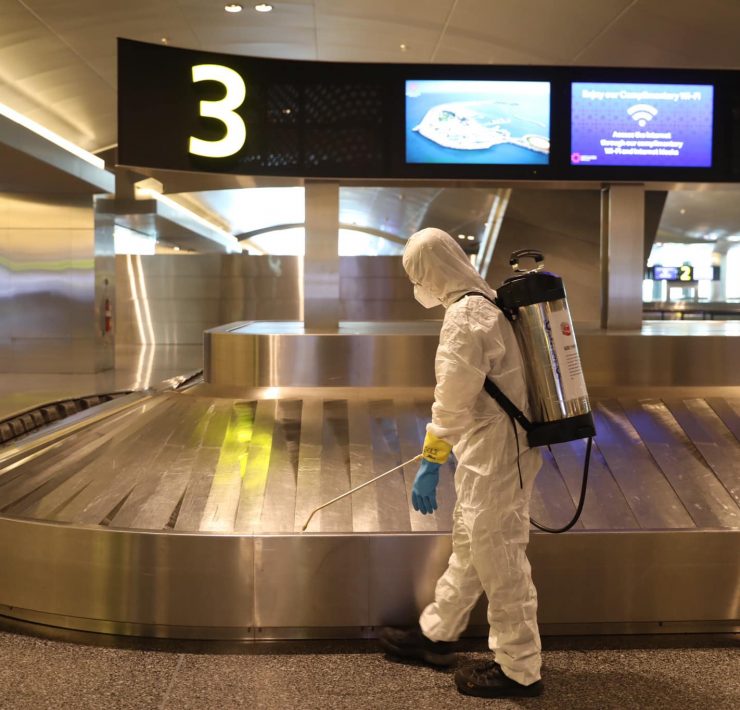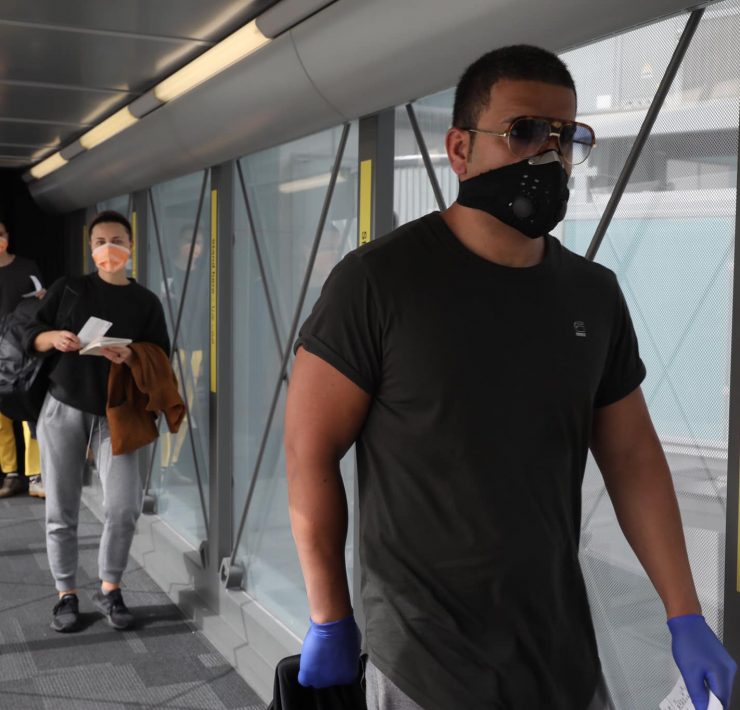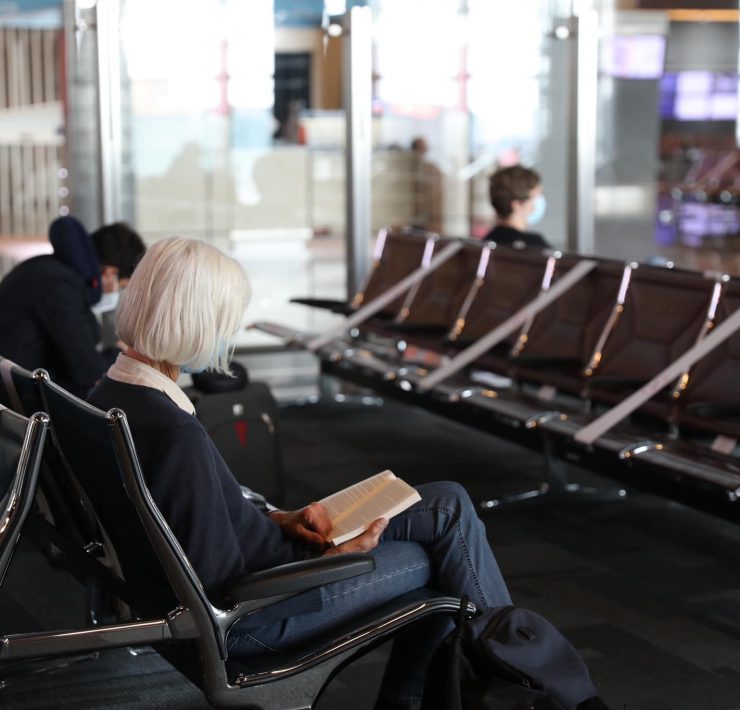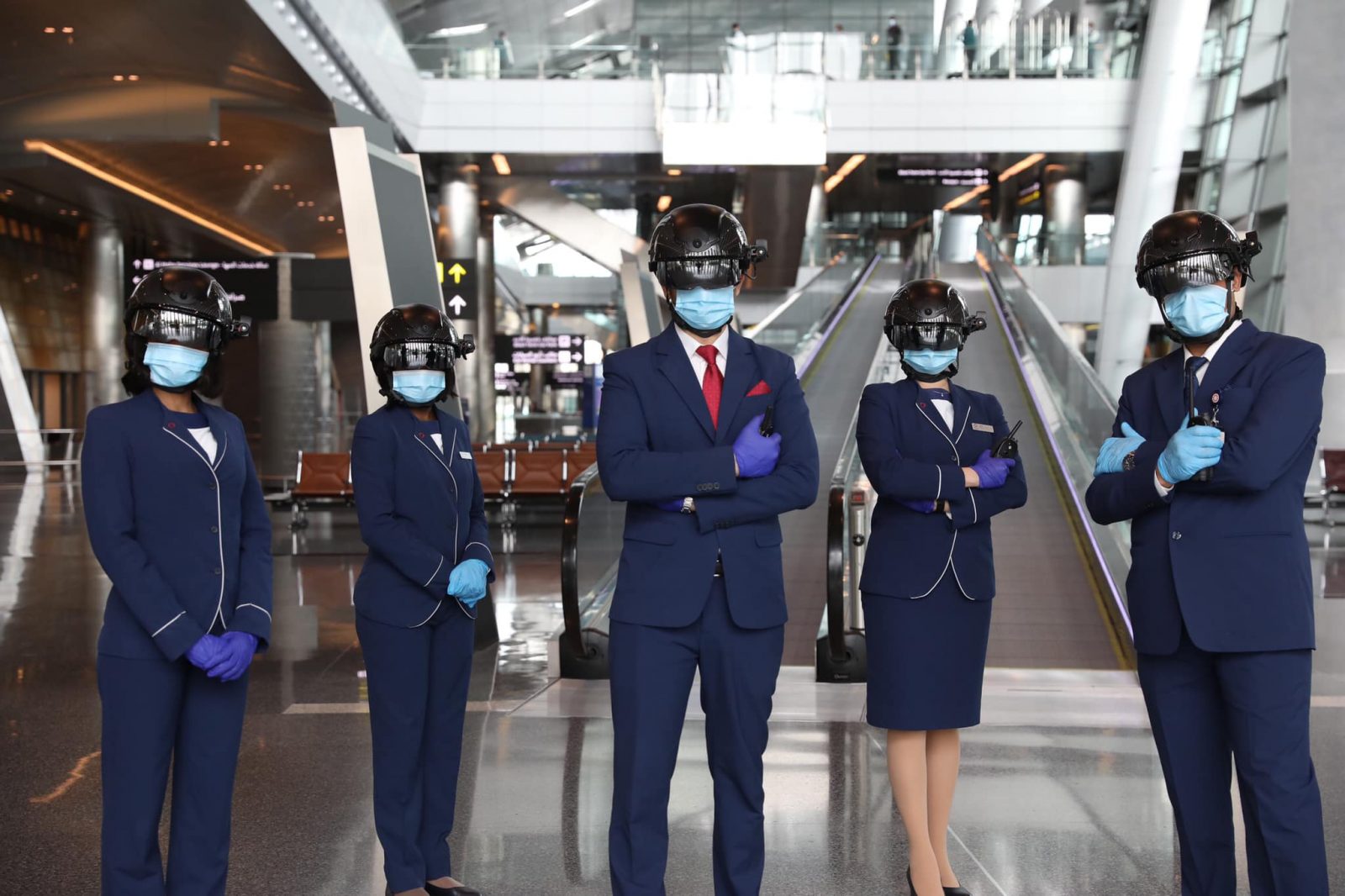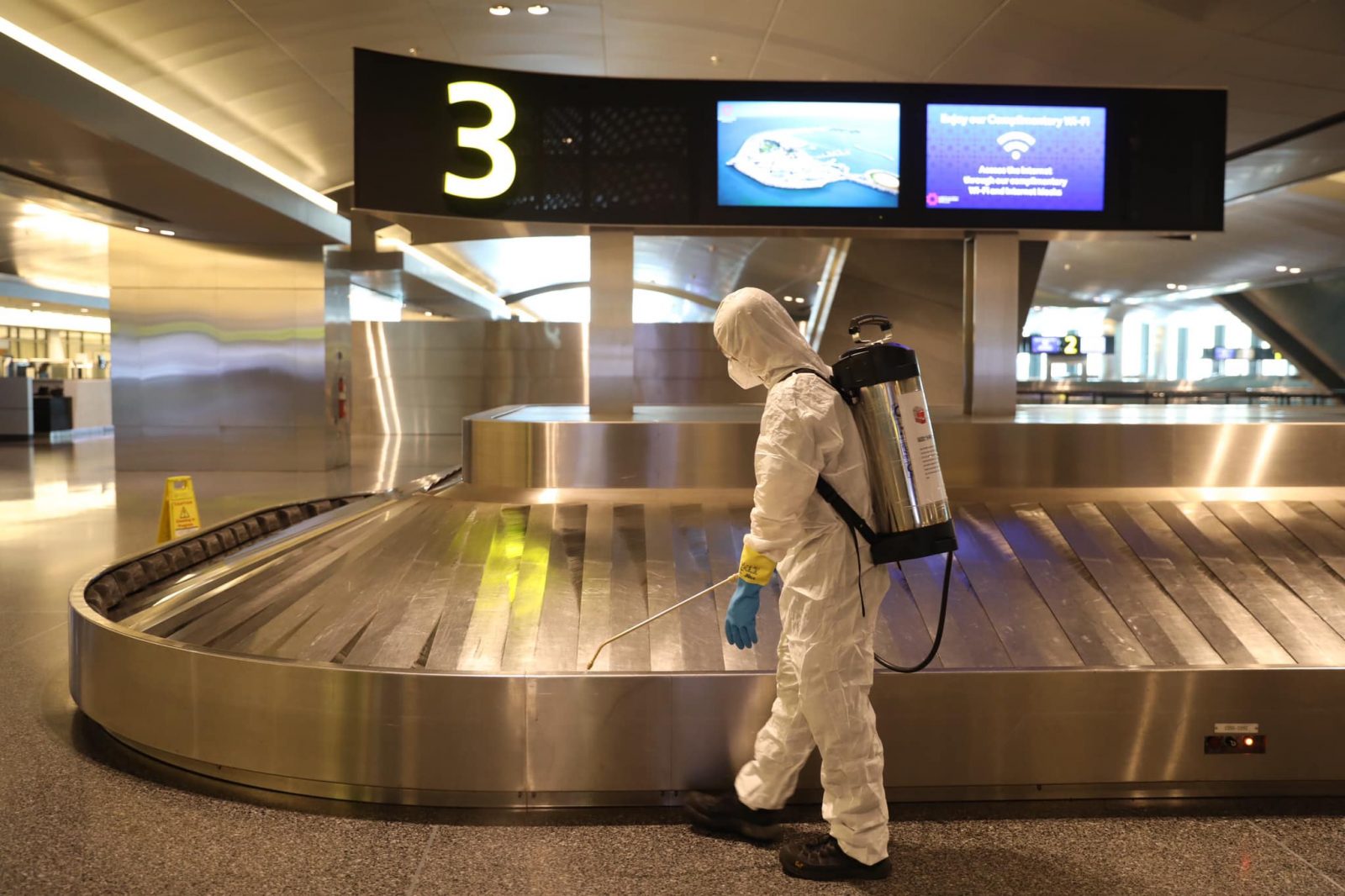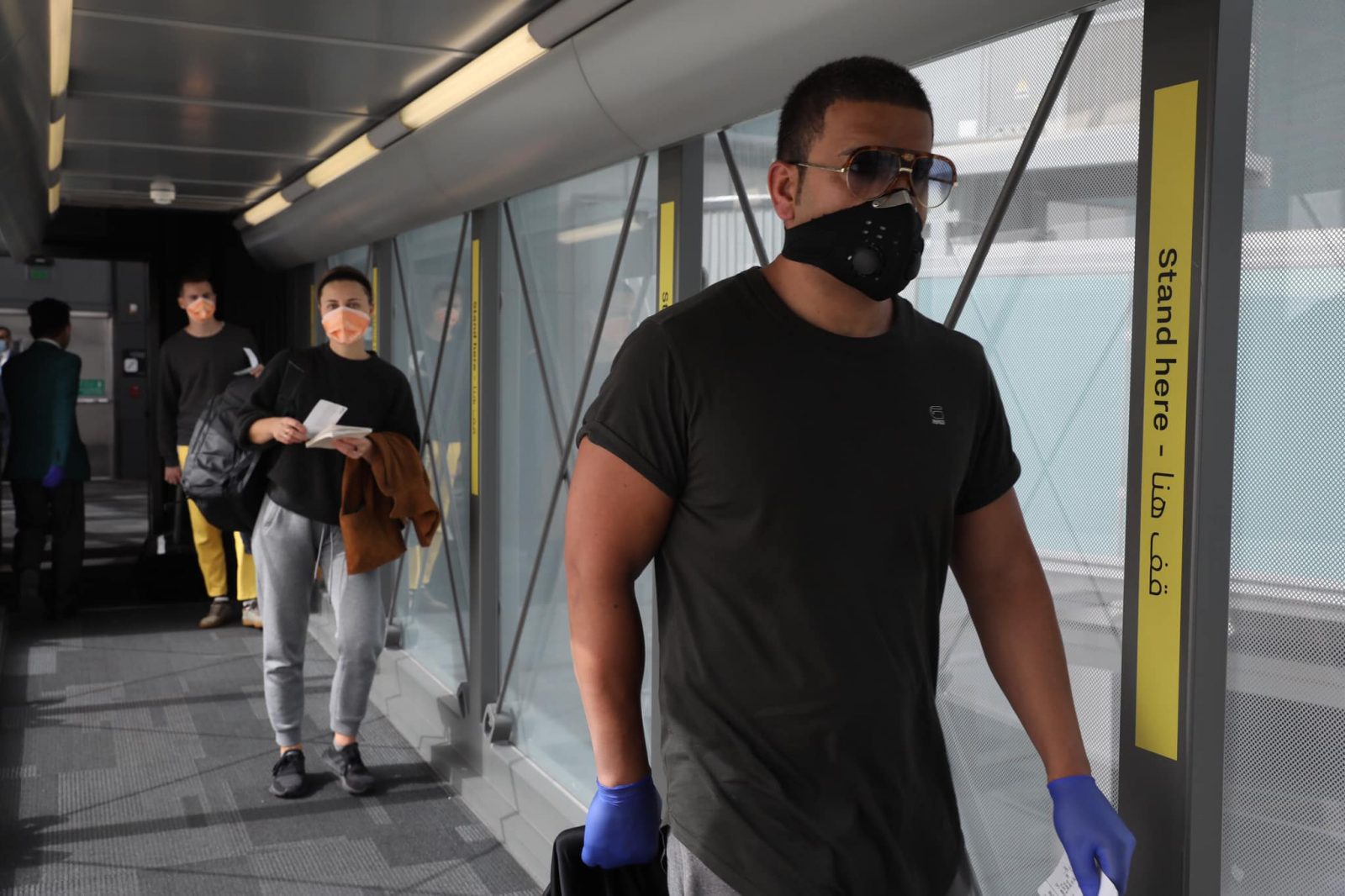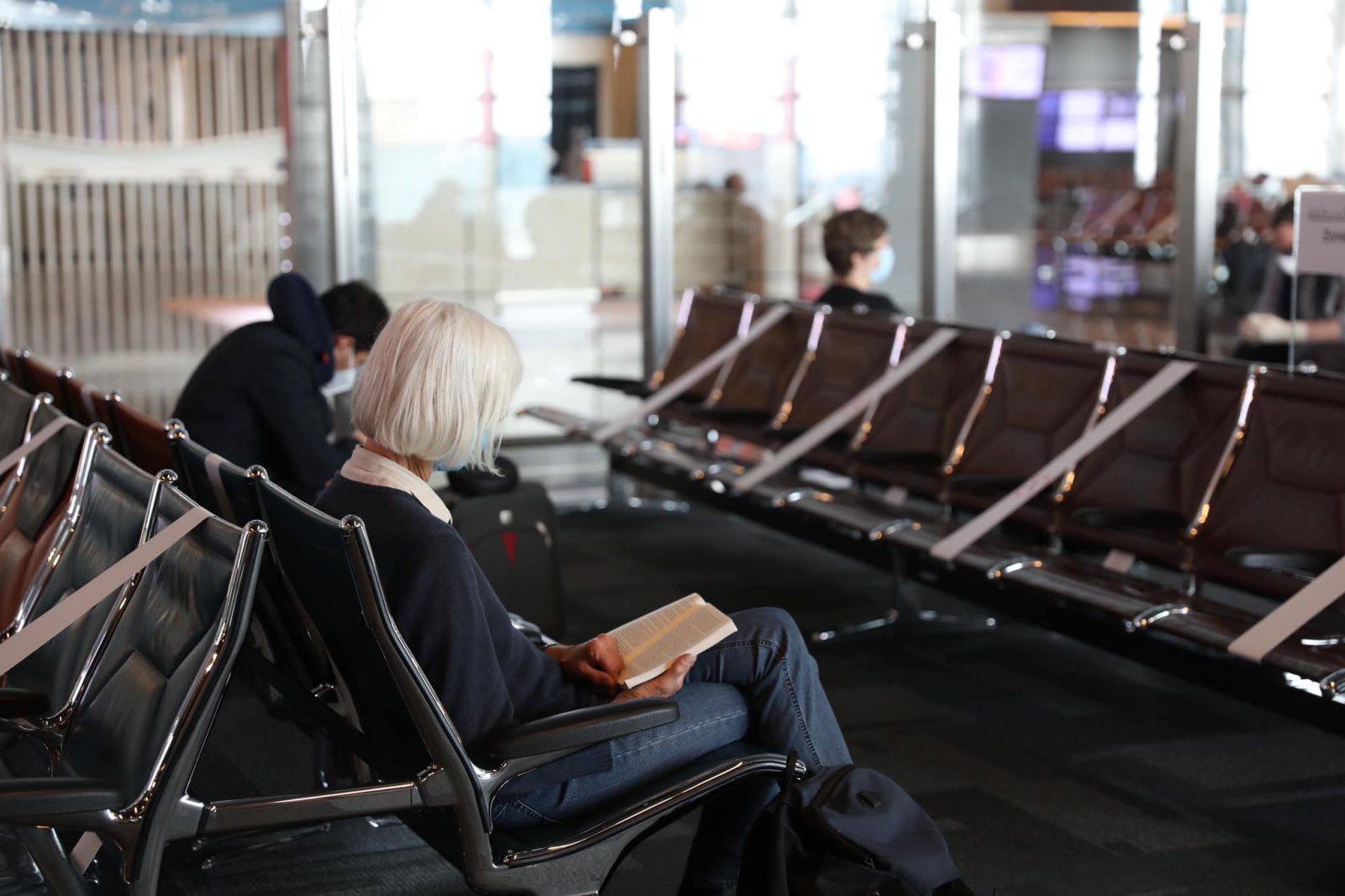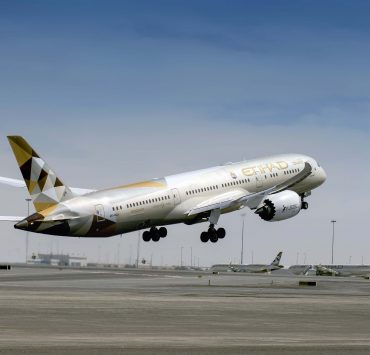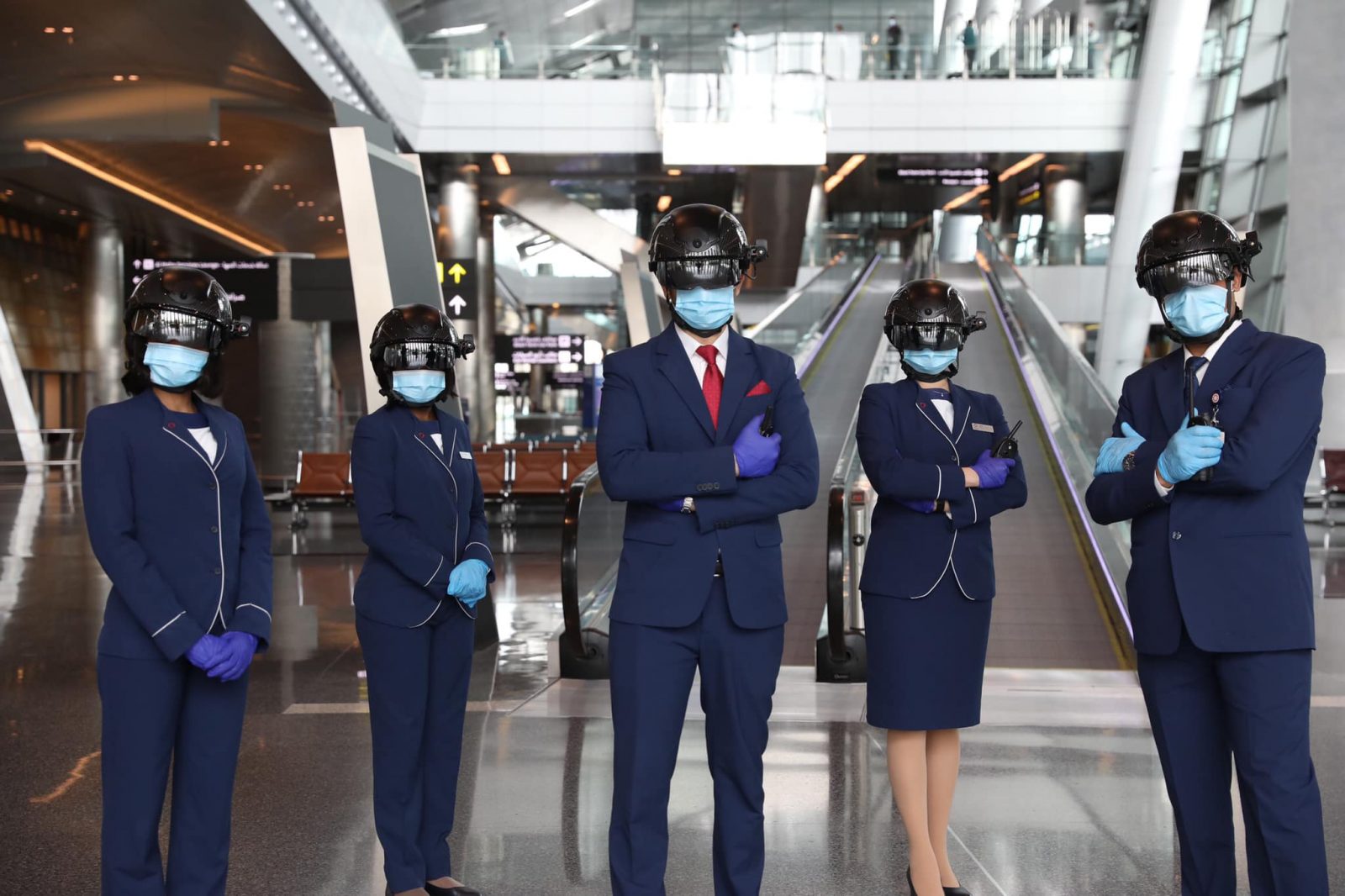

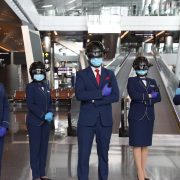
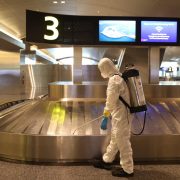
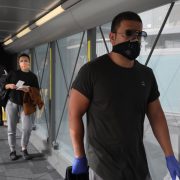 +1
+1 Doha’s Post-COVID Airport of the Future Includes Smart Helmets and Disinfection Robots
Doha’s Post-COVID Airport of the Future Includes Smart Helmets and Disinfection Robots
Doha’s Post-COVID Airport of the Future Includes Smart Helmets and Disinfection Robots
Doha’s Post-COVID Airport of the Future Includes Smart Helmets and Disinfection Robots
Doha’s Post-COVID Airport of the Future Includes Smart Helmets and Disinfection Robots
Would you feel reassured if you saw airport employees wearing Smart Helmets with tinted visors that can take your temperature and provide information via artificial intelligence to the wearer? That’s what Doha’s Hamad International Airport (DOH) is hoping as it unveiled what it thinks the post-COVID airport of the future will look like.
Along with the so-called Smart Helmet, airport bosses have also deployed fully autonomous disinfection robots, thermal screening and ultraviolet disinfection tunnels to sanitise passenger luggage in an effort to keep passengers and staff as safe as possible against the ever-present threat of COVID-19.
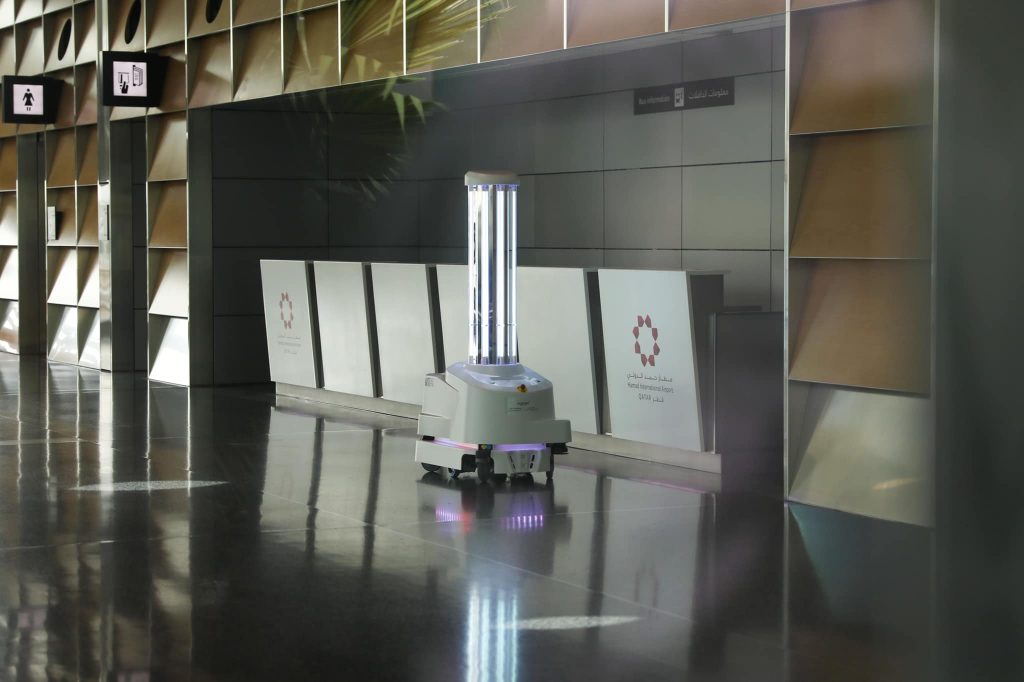
“HIA (Hamad International Airport) has adapted to the changes brought on by the spread of COVID-19 on the world, especially on the travel sector,” explained the airport’s chief operating officer, Engr. Badr Mohammed Al Meer.
“Recovery plans have been put in place with priority given to the safety and comfort of travelers and employees. These plans include the use of the latest advanced technology to achieve the highest safety standards for the future travel experience,” he continued.
One of the most eye-catching elements of Doha’s vision of the future is the Smart Helmet. Packed within it are infrared thermal imaging, artificial intelligence and an augmented reality display.
Then there are the disinfection robots which emit concentrated UV-C light that airport bosses claim is effective in “eliminating the majority of infectious microorganisms”. The robots will be deployed in “vulnerable high passenger flow areas” but human cleaners will still be required to spray liquid disinfection in places where the robots can’t reach – the airport says its aim is to disinfect high contact areas every 10-15 minutes.
And even with these high tech measures, passengers will be expected to adhere to social distancing rules just like before. Floor markings will help keep people at least 1.5 metres apart from one another, while passengers will be encouraged to pay for airport purchases with card rather than cash.
The wearing of face masks will also continue to be mandatory and to ensure compliance, Doha airport has deployed a face mask detection system which utilises artificial intelligence and computer vision technologies to automatically detect if everyone is wearing a mask.
Throughout the crisis, Hamad International Airport has remained open and its home airline of Qatar Airways has continued flying – more so, it’s claimed, than any other international airline. By the end of May, Qatar Airways hopes to increase its route network to 55 destinations and by June that number should increase to 80 destinations.
Passengers will be expected to use automation and self-service solutions like never before. That might not be a tough sell… Smart Helmet’s, however, might be slightly less popular.
Mateusz Maszczynski honed his skills as an international flight attendant at the most prominent airline in the Middle East and has been flying throughout the COVID-19 pandemic for a well-known European airline. Matt is passionate about the aviation industry and has become an expert in passenger experience and human-centric stories. Always keeping an ear close to the ground, Matt's industry insights, analysis and news coverage is frequently relied upon by some of the biggest names in journalism.







